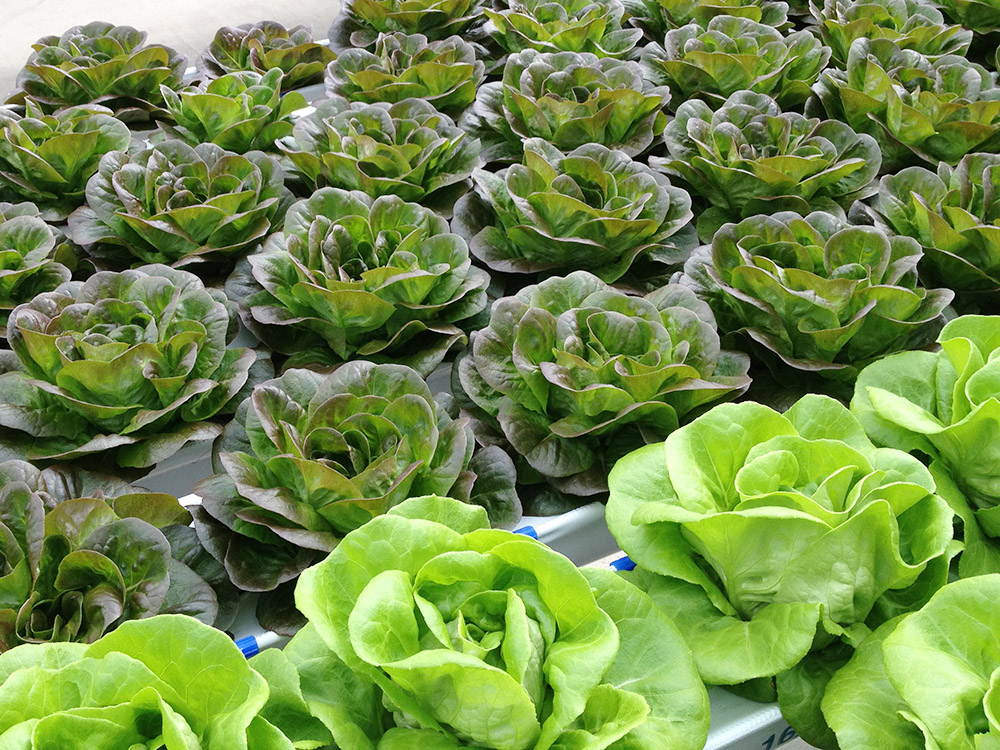
By Karla Garcia
Nitrogen is one of the most important nutrients in plant development. All vital processes in plants are associated with protein, of which nitrogen is an essential constituent. Therefore, Nitrogen management can have a huge impact on crop production.
Some of the most important effects of nitrogen in crop production are:
- It improves food quality
- A direct effect in yield
- Optimum rates of N can increase photosynthetic processes by increasing leaf area
- Promotes vegetative growth: Leaf, stems, branches, etc.
- Encourages uptake of other nutrients such as K, P, etc.
How can I recognize if my crop needs more Nitrogen?
To understand N deficiency, it is important to understand how N moves within a plant. Nitrogen moves from old tissue to new tissue, meaning all remaining N will end up in new leaves. As a consequence, when there is not enough N, old tissue will be the first to show symptoms. The symptoms of N deficiency include: chlorosis, slow growth and general discoloration. To apply nitrogen to our crop we need to select between different N sources. Plants can uptake nitrogen as nitrate (NO3) or ammonium (NH4). Nitrate is an anion (negatively charged ion) and ammonium a cation (positively charged ion). The differences between these two molecules can differentially affect our crop performance. The behavior of nitrate and ammonium can be a little different between soil-based systems and hydroponic systems, so let’s focus on hydroponic systems.
Nitrogen in Hydroponic Systems
In hydroponic systems when you add ammonium to the nutrient solution, the pH will tend to go down. When working with hydroponics systems it is common to have a rise in pH within time but not a reduction. It is not common to add ammonium as the sole source of nitrogen in hydroponics systems. Ammonium-based fertilizers are usually used to acidify the media when carbonates and pH are high in the source of water and even knowing this fact about ammonium there are other more popular water treatments for water high in carbonates. Also, ammonium uptake sometimes competes with Ca2+, Mg2+, K+ uptake. Concluding… it’s not common to use ammonium-based fertilizers in hydroponics. But then what is the best way to add N to your system? It was reported that plants fed with both ammonium and nitrate forms of nitrogen exhibit better growth and development than plants fed with ammonium or nitrate alone (Konnerup and Brix, 2010). Most plants respond with higher biomass production when a combination of both N forms is provided. Specifically, research has reported that cation/anion uptake ratio increases when NH4+: NO3− ratio is increased.
In comparison with Ammonium, Nitrate can be stored in the plant without immediate assimilation and plants can grow without any problems when Nitrate is used as the sole source of N in hydroponic systems. The only problem is the constant monitoring of pH. When roots take a Nitrate nutrient solution, they tend to have a slow increase in pH. Remember always to use a pH sensor to check pH levels. If pH is higher than normal you can apply products just as our “pH down” solution to regulate pH. When pH is not within the range demanded by the crop, nutrient deficiencies can appear. It’s also important to test nitrate tissue levels. It’s necessary to keep our product quality following the limits of Nitrate for food (EU upper limit: 2000-4000 mg/kg).
Now you know a little bit more about the use of nitrogen in hydroponics. Remember to always check your nutrient solution quality, usually plants under vegetative growth have different N requirements than plants under generative growth. Therefore, it is important to select a specific nutrient solution for your crop and make the proper adjustment across the crop cycle. Here at Hort Americas we have good options for you! We are also happy to guide you across the crop cycle in order to make the best adjustments and produce the best yield!
-
 General Hydroponics® pH Down Liquid$25.50
General Hydroponics® pH Down Liquid$25.50 -
 Yara Tera Calcium Nitrate$53.88
Yara Tera Calcium Nitrate$53.88


